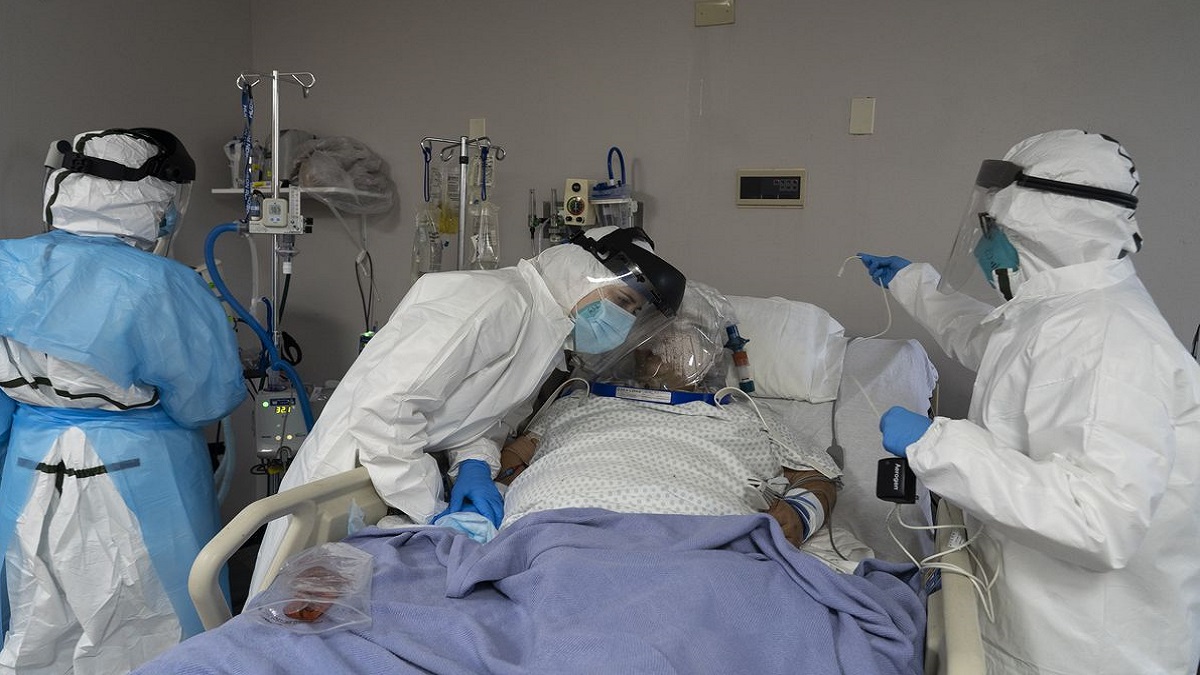A lot has changed since the first coronavirus case was reported in India on 30 January 2020. With over 10,000,000 cases, 145,000 deaths, and 9,712,900 recoveries, the country also witnessed several protocols and guidelines to contain the spread of the virus. Since the beginning, the government has strictly encouraged the practice of social-distancing and implemented a complete nationwide lockdown to contain the virus.
It is noteworthy that the hospitalization rate of coronavirus patients has gone down as more people are recovering at home. In October this year, the health authorities decided to review the protocol followed at present for the treatment of Covid-19, after interim results from a large World Health Organization trial found four of the commonly used drugs provide little or no benefit in reducing fatalities among Covid patients. Among these are antiviral drug Remdesivir, malaria drug Hydroxychloroquine (HCQ), an anti-HIV combination of Lopinavir and Ritonavir, and the immunomodulator interferon. The first two are prescribed for moderately ill Covid-19 patients. Several doctors and health experts told The Sunday Guardian that India is one of the few countries where the mortality is much less.
According to a previous report by The Sunday Guardian, several therapeutic treatments have also shown promising results on patients affected by the virus. Currently, two types of therapeutic treatments are being given to Covid-19 patients—one that includes a combination of antivirals and the other is immune modulators.
The Delhi government-run Lok Nayak Jai Prakash Narayan (LNJP) hospital announced on Thursday that it has successfully treated over 10,000 patients since it was declared a dedicated coronavirus facility. It is India’s biggest Covid-19 dedicated hospital with 2,000-beds dedicated for the purpose.
Dr Bharti Taneja of LNJP’s Anesthesia Department has been actively involved in the management of Covid patients in ICU. She told The Sunday Guardian: “We still need to be as cautious as we were at the beginning of this pandemic. Though we have realized that mortality is much less, we still need to remember that this disease is highly infectious and unpredictable. Since the first case, we have a change in protocols literally every month. In the beginning, we were not giving steroids to the patients at all, but later, we realized that patients are recovering well with steroids. Even WHO is updating its guidelines and protocols very frequently. One very good thing is that initially, we were thinking of keeping all the patients in hospital, but home quarantine has brought in some changes. People are now willing to come forward and take care of themselves. Initially, the police would come and take people to the quarantine centre. Even if a person just had fever, he would be taken to a quarantine center away from their loved ones. Now people are more aware. The most important thing is identification, isolation, treatment, and containment of the infection. If the guidelines are comfortable like now, people are comfortable getting tested and isolate themselves. The Delhi government has been wise enough to ensure this with their guidelines.”
Dr Taneja also said that since more people are opting for home care, the pressure on the public as well as the healthcare professionals is much less now.
On treatment methods, Dr Taneja said: “In my clinical experience, I am very happy with the use of anti-virals and with Remdesivir and steroid combinations, we have been able to save many lives. Now, we have a better understanding of the disease and a better care facility; we have been able to bring down the mortality.”

